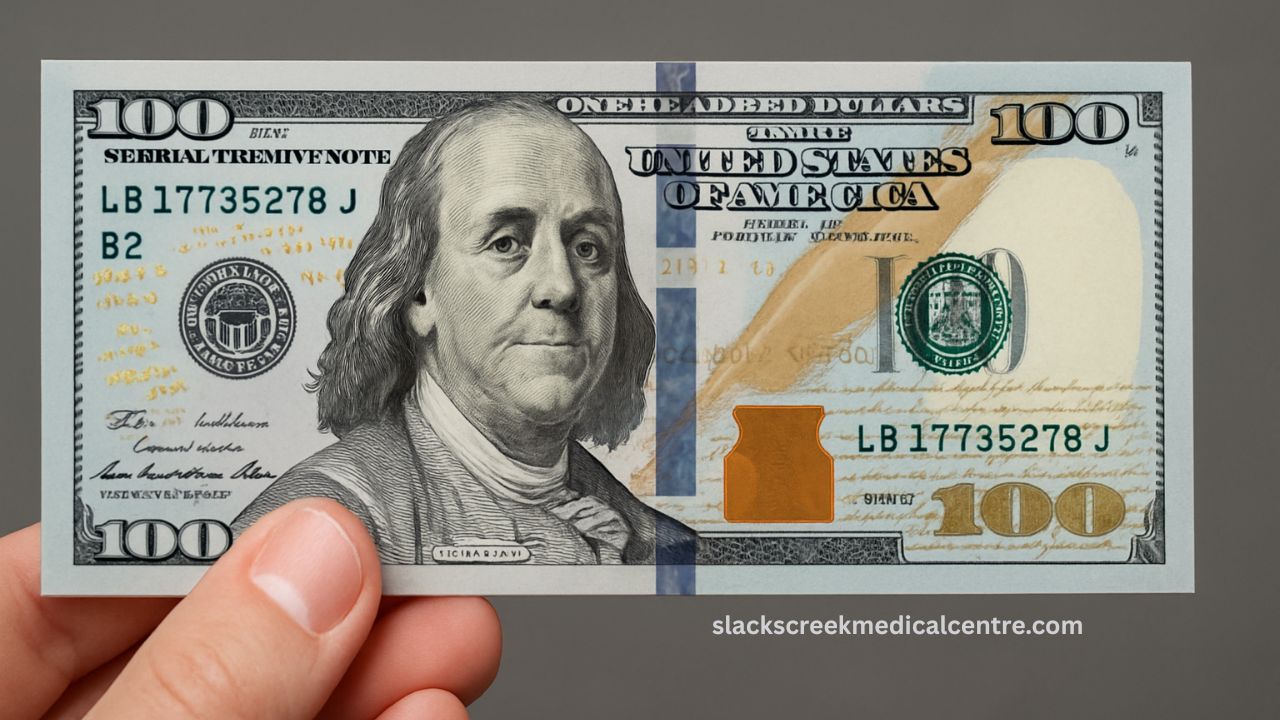In a surprising turn of events, a rare $100 star note was discovered inside an old briefcase during a routine estate cleanout in Milwaukee, Wisconsin.
The briefcase, untouched for decades, contained the note in pristine condition, capturing the immediate attention of currency collectors and enthusiasts.
Understanding the Significance of Star Notes
A star note is a replacement banknote issued by the U.S. Bureau of Engraving and Printing to replace misprinted or damaged notes.
These notes are identified by a star symbol (*) at the end of the serial number. Due to their limited production, especially in higher denominations like the $100 bill, star notes are highly sought after in the numismatic community.
Details of the Discovered Note
The discovered note is a Series 2017A $100 star note, bearing the serial number PE03176716*. Notably, only 320,000 of these specific notes were printed, categorizing it as an ultra-rare find.
The note’s exceptional condition further amplifies its value, making it a coveted item among collectors.
Fierce Bidding War Ensues
Upon its listing in an online auction, the note sparked a fierce bidding war, with offers rapidly escalating.
Within hours, bids surpassed the $500 mark, and by the end of the auction, the note sold for an impressive $999.
This sale underscores the high demand and value attributed to rare star notes in the collector’s market.
Factors Contributing to the Note’s Value
Several elements contribute to the high valuation of this star note:
- Limited Print Run: With only 320,000 printed, the scarcity significantly increases its desirability.
- High Denomination: $100 star notes are less common than lower denominations, making them more valuable.
- Pristine Condition: The note’s well-preserved state adds to its appeal and market value.
- Collector Demand: The numismatic community places a premium on rare and unique finds, driving up auction prices.
Comparison with Other Notable Star Notes
To contextualize the value of the discovered note, here’s a comparison with other notable star notes:
| Series | Denomination | Print Run | Condition | Auction Price |
|---|---|---|---|---|
| 2017A | $100 | 320,000 | Excellent | $999 |
| 2009A | $100 | 640,000 | Very Good | $250 |
| 1977 | $100 | N/A | Good | $150 |
| 2013 | $100 | N/A | Excellent | $175 |
Implications for Collectors and Enthusiasts
This discovery serves as a reminder of the hidden treasures that may lie unnoticed in everyday items. For collectors, it emphasizes the importance of vigilance and thorough examination of old currency.
The market for rare star notes remains robust, with collectors willing to invest significantly in acquiring such unique pieces.
The unearthing of this rare $100 star note from a forgotten briefcase has not only captivated the numismatic world but also highlighted the enduring allure of rare currency.
As collectors continue to seek out such treasures, the value and interest in star notes are poised to remain strong.
FAQs
What makes a star note valuable?
A star note’s value is influenced by its rarity, condition, denomination, and demand among collectors. Limited print runs and pristine condition significantly enhance its worth.
How can I identify a star note?
Star notes feature a star symbol (*) at the end of the serial number, indicating they were replacements for misprinted or damaged notes.
Where can I sell a rare star note?
Rare star notes can be sold through online auctions, numismatic dealers, or specialized currency auctions. It’s advisable to have the note appraised to determine its market value.
